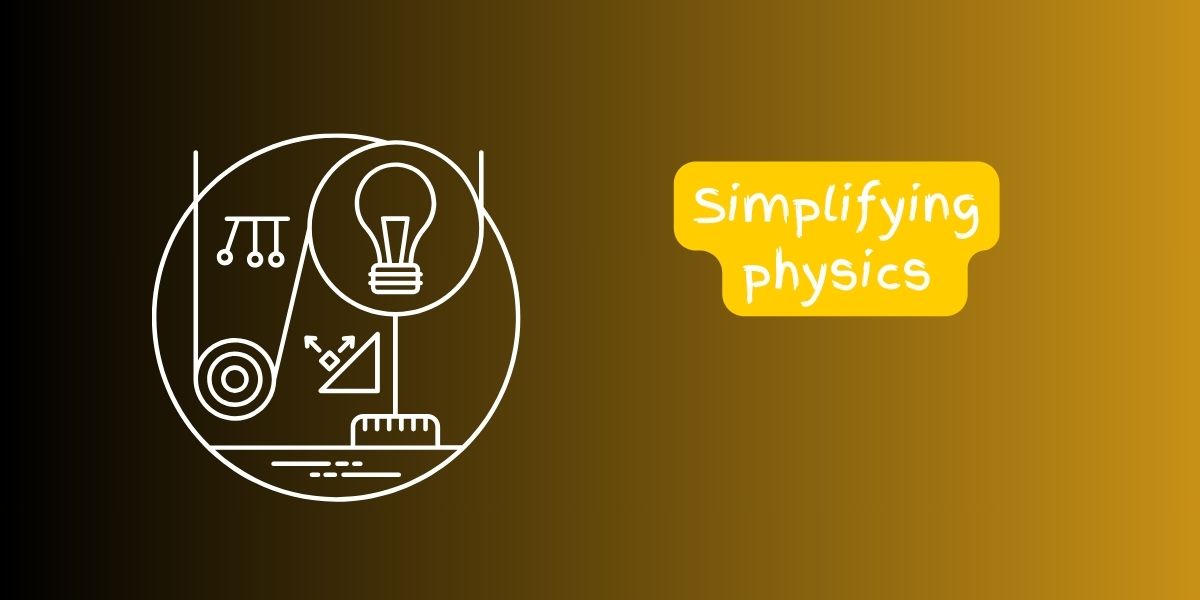Simplifying physics for kids involves using simple language, relatable examples, and hands-on activities to help them grasp basic concepts. Here are some simple explanations of key physics principles for kids:
- Gravity:
- Gravity is the force that pulls objects towards each other. It’s what keeps us on the ground and makes things fall when we drop them.
- Imagine jumping on a trampoline. The trampoline pulls you back down to the center, just like gravity pulls objects towards the Earth.
- Motion:
- Motion is when objects change position over time. Things can move in different ways: they can go straight, turn, speed up, slow down, or stop.
- Imagine riding a bike. When you pedal, you speed up. When you stop pedaling, you slow down and eventually stop.
- Force:
- A force is a push or a pull on an object. It can make things move, change direction, or change shape.
- For example, pushing a toy car makes it move forward. Pulling a door handle opens the door.
- Friction:
- Friction is the force that resists motion when two surfaces rub against each other. It’s what makes it hard to slide things across the floor.
- Imagine trying to slide a book across a table. If the table is rough, it’s harder to slide the book because of friction.
- Energy:
- Energy is the ability to do work or make things change. There are different types of energy, like kinetic energy (energy of motion) and potential energy (stored energy).
- When you throw a ball, it has kinetic energy as it moves through the air. When you lift the ball up, it has potential energy because of its position.
- Electricity:
- Electricity is the flow of tiny particles called electrons through a conductor, like a wire. It powers our lights, appliances, and gadgets.
- Think of electricity like water flowing through a hose. The more water (electricity) flowing, the brighter the light or the louder the sound.
- Magnets:
- Magnets are objects that can attract or repel other magnets and certain metals like iron.
- Imagine playing with magnetic toys. When you bring two magnets close together, they either stick together (attract) or push apart (repel).
- Sound:
- Sound is a form of energy that travels in waves through the air. It’s what we hear when something makes vibrations.
- Clapping your hands creates vibrations in the air that travel to your ears, allowing you to hear the sound.
By using these simple explanations and examples, kids can begin to understand the basic principles of physics and how they relate to the world around them. Hands-on experiments and activities can further engage their curiosity and foster a love for science.


No responses yet